How to See the World Like an Artist (No Plane Ticket Required)
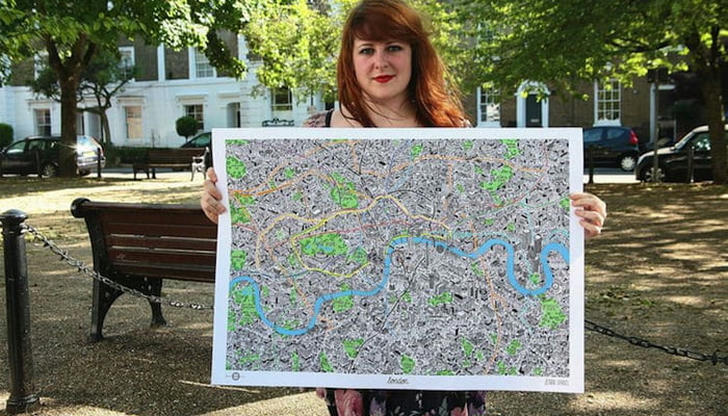
Ever looked at a map and felt... nothing? Just lines, labels, and dots. But then you see someone's sketch of a city they love --- a crooked skyline, messy watercolor streets, and tiny hand-written notes like "best dumplings here!" --- and suddenly the place feels alive. That's the kind of magic we're talking about.
Around the world, artists are quietly redrawing how we see travel. They don't care about perfect borders or GPS precision. Their maps tell stories --- emotional maps, sensory maps, memory maps. They remind us that travel isn't just about where you go, but how it feels to be there.
1. Sketching from Memory
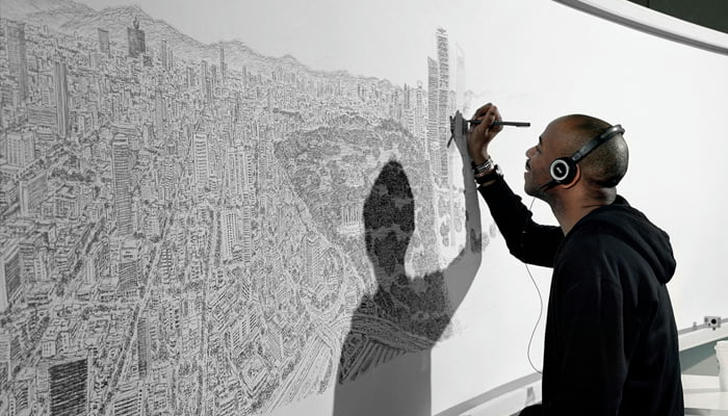
Some artists draw cities not while they're in them, but long after they've left. They sketch from memory --- the curve of a canal in Amsterdam, the color of light on a rainy Paris street, the cafe that played one same song every morning.
One illustrator I met online maps every city she visits from memory once she's back home. Her "maps" are never accurate, but they're full of heart --- little scribbles of things that stuck: a bakery smell, a friendly cat, a doorway she got lost near. Looking at her art feels like flipping through someone's travel memories rather than a guidebook.
Maybe that's what maps should do more often --- help us remember how it felt, not just how to get there.
2. The Sound of a City

Not all maps are visual. Some are made of sound. In London, a sound artist records snippets from different neighborhoods --- bus brakes, footsteps, laughter, rain on umbrellas --- and layers them into "audio maps." In Japan, another artist records vending machine jingles and crosswalk beeps to build an electronic symphony of Tokyo.
If you listen closely, every city hums in its own rhythm. These sound maps prove you can travel with your ears. They also teach us something about being present: when you stop taking photos for a minute and just listen, the world becomes richer, more real.
So next time you're in a new place, try it --- no phone, no camera, just a few minutes of listening. You'll notice how alive the world sounds.
3. When Data Turns to Art

And then there are artists who use technology to make beauty out of travel data. GPS trackers, motion sensors, even flight paths become colorful visual trails --- abstract patterns that show where we've been.
One digital artist creates "motion paintings" from her running routes in different cities. Another turns the altitude of her hikes into glowing, animated mountain lines. These maps look nothing like what you'd find in an atlas --- but they reveal something more intimate: the shape of our curiosity.
In a world obsessed with efficiency and navigation, these creative maps bring the soul back into the digital age. They remind us that data can also dream.
4. Mapping Home
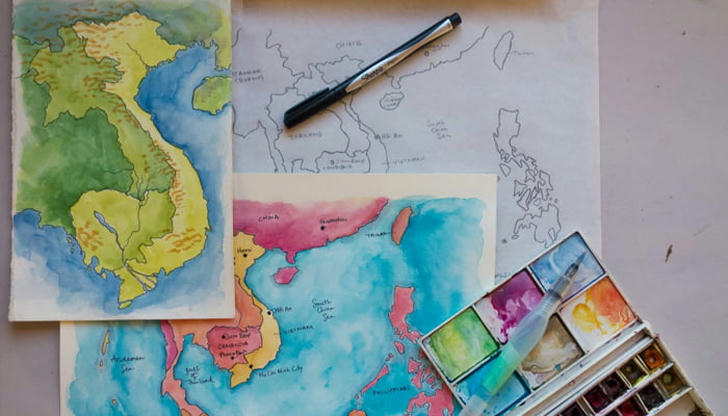
Of course, not every map leads to somewhere far away. Some artists draw the places that made them --- their hometown streets, migration journeys, or family recipes pinned on a kitchen map.
A Cuban-American painter I once read about paints maps of her grandmother's neighborhood entirely from memory --- each house in a different shade of nostalgia. For her, the act of painting is both travel and homecoming.
That hit me hard. Because sometimes, the more we travel, the more we realize home is not a dot on a map. It's a feeling we keep chasing --- one that follows us everywhere, waiting to be redrawn.
5. Make Your Own Map
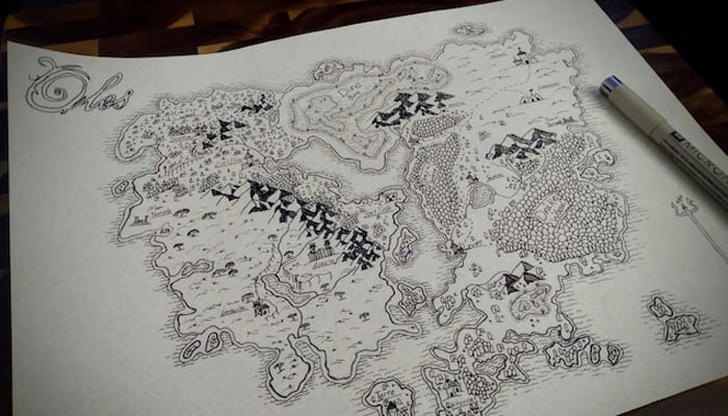
You don't have to be an artist to map the world in your own way. Start small. On your next trip --- or even in your own town --- try these ideas:
Map a day by color. What's the color of your morning walk? The cafe wall? The sunset?
Record a five-second sound clip wherever you go --- markets, parks, airports.
Draw your favorite smell. Yes, smell. What would "fresh bread" or "ocean air" look like?
Trace your emotions instead of routes. Where did you laugh, get lost, feel calm?
The point isn't to create a masterpiece. It's to notice more. Every little sketch, sound, or scribble becomes a memory marker --- a personal atlas that no one else could ever make.
6. The Beauty of Getting Lost (on Purpose)
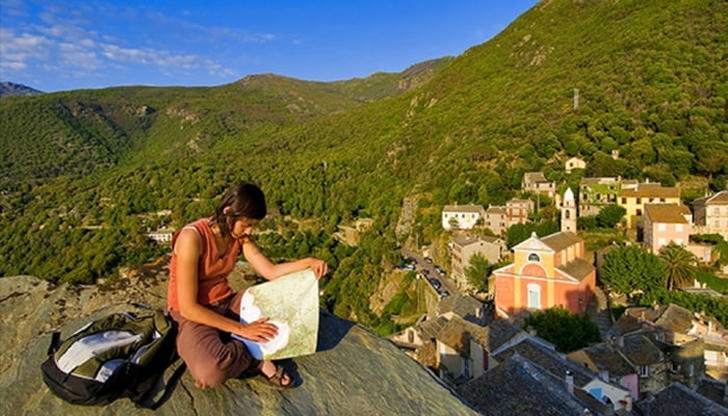
The best part about artists' maps is how gloriously imperfect they are. Streets bend the wrong way, proportions are off, labels make no sense --- but somehow, that's exactly what makes them beautiful.
Maybe our own travels could use a bit of that chaos. Forget the checklist, ditch the "Top 10 Must-See" lists. Get lost. Wander. Draw your own version of the world, however weird it looks.
Because when you stop trying to be accurate, you start being honest.
Closing: Redrawing the World, One Story at a Time

Maps used to tell us where to go. Artists' maps tell us why we went.
They remind us that the real beauty of travel isn't in the coordinates --- it's in the colors, sounds, and emotions we bring back with us. Whether you're sketching with a pencil or collecting moments on your phone, every traveler is already an artist.
So next time you open Google Maps, remember: that's just the outline.
The real map --- the one that matters --- is the one only you can draw.
